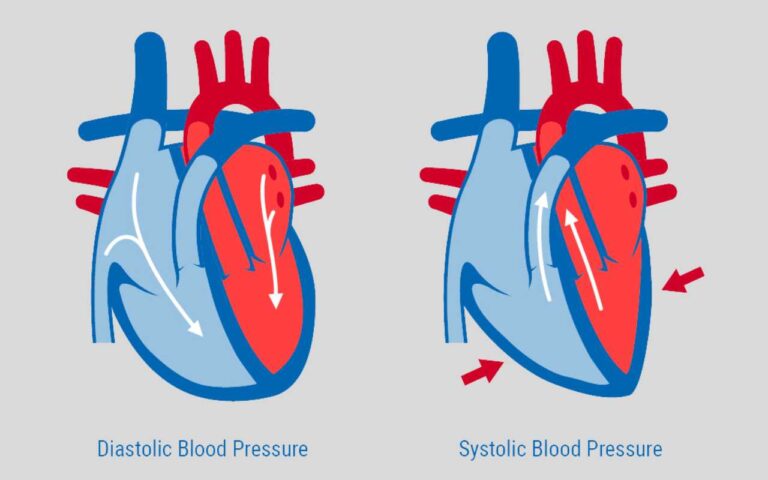DNA Methylation Test: Unveiling the Epi genetic Code of Health and Disease
DNA Methylation Test: In the ever-evolving world of genomics, where scientists seek to decode the complex web of human biology, DNA methylation has emerged as a critical mechanism that influences gene expression without altering the underlying genetic code. One of the most promising and widely used applications of this process is the DNA methylation test, which has transformed the way we understand health, aging, and disease. (dna methylation test)
What is DNA Methylation?
Methylation doesn’t change the DNA sequence itself, but it impacts how cells “read” the genes, making it a key component of epigenetics—the study of changes in gene activity that do not involve alterations to the genetic code.
DNA methylation is crucial in various biological processes, including cellular differentiation, embryonic development, and maintaining normal cell function. However, aberrations in this process are linked to several diseases, including cancer, cardiovascular diseases, and neurological disorders.
How DNA Methylation Tests Work
DNA methylation tests are designed to measure the methylation levels at specific regions of the genome. These tests typically focus on identifying biomarkers that are associated with diseases or specific health conditions. By detecting abnormal methylation patterns, researchers and clinicians can gain insights into various aspects of health, ranging from predisposition to certain diseases to biological aging.
- Sample Collection: The most common sources for DNA methylation testing are blood samples, saliva, or tissue biopsies.
- DNA Extraction: DNA is extracted from the sample, and the regions of interest are isolated for further analysis.
- Bisulfite Conversion: This is a critical step where unmethylated cytosines are chemically converted into uracil, while methylated cytosines remain unchanged. This allows researchers to differentiate between methylated and unmethylated regions during sequencing or array analysis.
- Methylation Analysis: Using advanced sequencing technologies or methylation-specific arrays, scientists determine the methylation status of specific regions of the genome.
- Data Interpretation: The methylation patterns are analyzed and interpreted to provide insights into disease risk, progression, or biological age.
Applications of DNA Methylation Testing
1. Early Cancer Detection
One of the most powerful applications of DNA methylation testing lies in early cancer detection. In cancer cells, abnormal methylation patterns often occur long before the tumor becomes detectable by traditional imaging or physical examination. For example, hypermethylation in tumor suppressor genes can silence these critical genes, leading to uncontrolled cell division and cancer development.
DNA methylation tests, such as the Epigenomics Epi proColon, a non-invasive blood test, can detect specific methylation markers associated with colorectal cancer. This opens up a new frontier in cancer screening, where early detection can lead to timely intervention and significantly improved survival rates.
2. Biological Age Estimation
While chronological age is the number of years you’ve lived, biological age refers to how old your body appears to be based on various physiological factors. DNA methylation patterns have emerged as a reliable biomarker for estimating biological age, which can differ significantly from chronological age.
This concept was popularized by the development of the Horvath clock, a predictive model that uses DNA methylation levels to estimate biological age. Understanding biological age through methylation testing allows individuals to assess their aging process more accurately and take proactive measures to delay age-related diseases.
3. Neurological Disorders
Neurodegenerative diseases, such as Alzheimer’s and Parkinson’s, have also been linked to abnormal DNA methylation. Research has shown that DNA methylation changes can precede the onset of neurological symptoms, making it a potential tool for early diagnosis. Moreover, methylation tests could guide treatment strategies for neurodegenerative diseases by identifying which genes are misregulated due to epigenetic changes.
4. Cardiovascular Health
DNA methylation testing is also being explored in the context of cardiovascular diseases. Studies have demonstrated that methylation levels in specific genes can predict the risk of conditions such as hypertension, atherosclerosis, and stroke. These insights could lead to personalized treatment plans that target the epigenetic factors contributing to cardiovascular health.
Sibling DNA Test: How much it Cost
5. Fertility and Pregnancy Health
In reproductive health, methylation testing is gaining attention for its role in understanding fertility issues and pregnancy complications. Abnormal methylation in sperm or eggs can contribute to infertility, while aberrant methylation patterns in placental tissue have been linked to complications such as preeclampsia and miscarriage. Methylation tests could one day be used to monitor epigenetic health during pregnancy, providing earlier intervention options.
DNA Methylation Testing and Personalized Medicine
The field of oncology, in particular, has embraced methylation testing to guide personalized treatment approaches. For example, certain chemotherapy drugs are more effective in patients whose tumors exhibit specific methylation patterns. As more methylation biomarkers are discovered, the potential for precision medicine expands, offering hope for better-targeted therapies with fewer side effects.
Cost Of DNA Methylation Test
In the U.S., prices typically range from $300 to $3,000, with advanced tests for cancer diagnosis being on the higher end. In other countries, prices may be lower but depend on healthcare systems and availability.
Conclusion
In the words of Carl Sagan, “Somewhere, something incredible is waiting to be known.” The secrets of DNA methylation may just be one of those incredible discoveries waiting to change the future of medicine.








One Comment